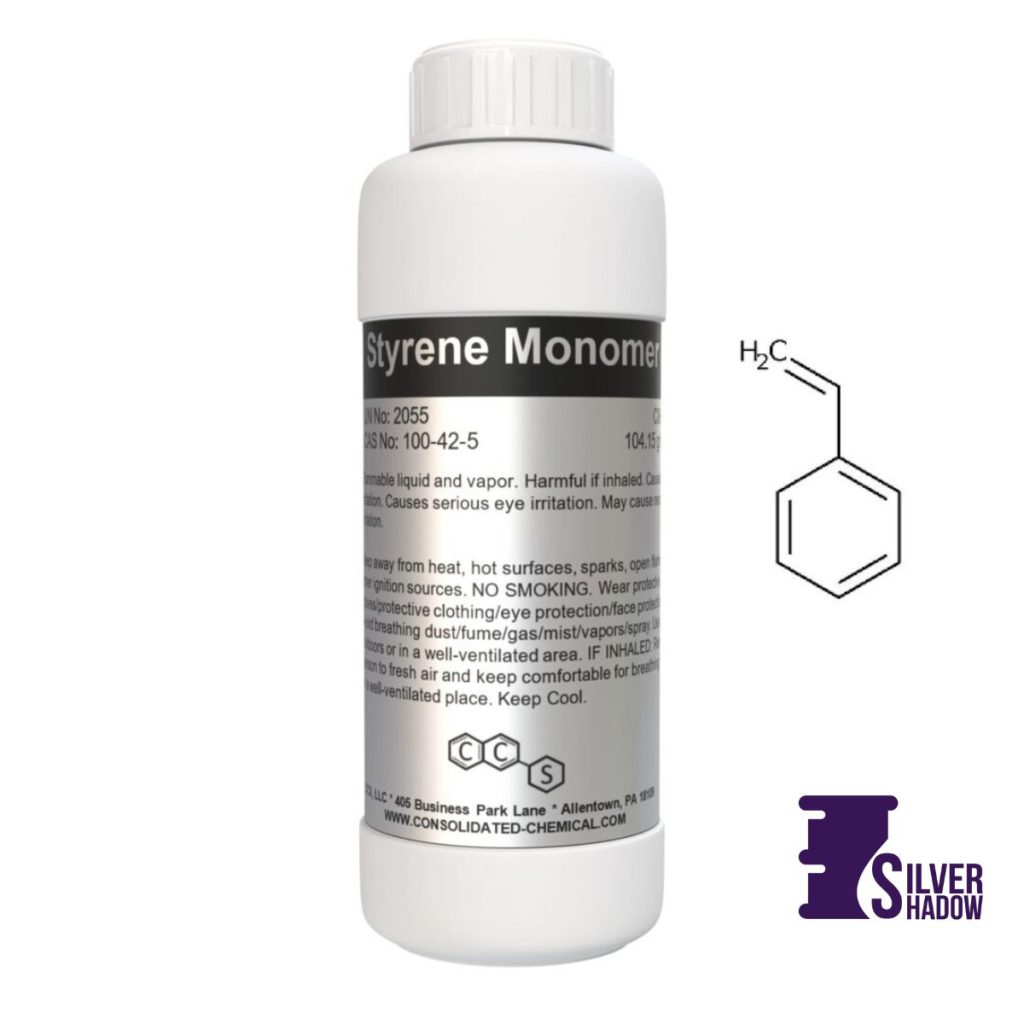
At Silver Shadow International, we are a leading Styrene Monomer supplier, providing high-purity, industrial-grade solutions for plastics, resins, rubber, and coatings. Known for its exceptional polymerization properties, Styrene Monomer enables the production of lightweight, durable, and impact-resistant materials, driving innovation in manufacturing, construction, automotive, and packaging. With a global network, expert sourcing, and seamless logistics, we ensure steady bulk supply—boosting efficiency, performance, and sustainability across industries.
Styrene Monomer (C₈H₈) is a colorless liquid with a distinctive aromatic scent, known for its reactivity and adaptability in polymer production. It is a critical component in resin and plastic formulations, offering high strength, flexibility, and thermal stability—making it a preferred material across multiple industries.
Synonyms:
Storage & Handling Guidelines:
To ensure safety and stability, proper storage and handling of Styrene Monomer are crucial. Follow these guidelines:
At Silver Shadow International, we go beyond supply—we empower industries with high-purity Styrene Monomer that fuels cutting-edge plastics, coatings, adhesives, and specialty resins. As a leading Styrene Monomer trading company, we harness global partnerships, precision logistics, and competitive pricing to ensure uninterrupted supply for your production needs. Innovation starts with the right materials—let us redefine your sourcing experience.
Contact us today to secure premium Styrene Monomer solutions!